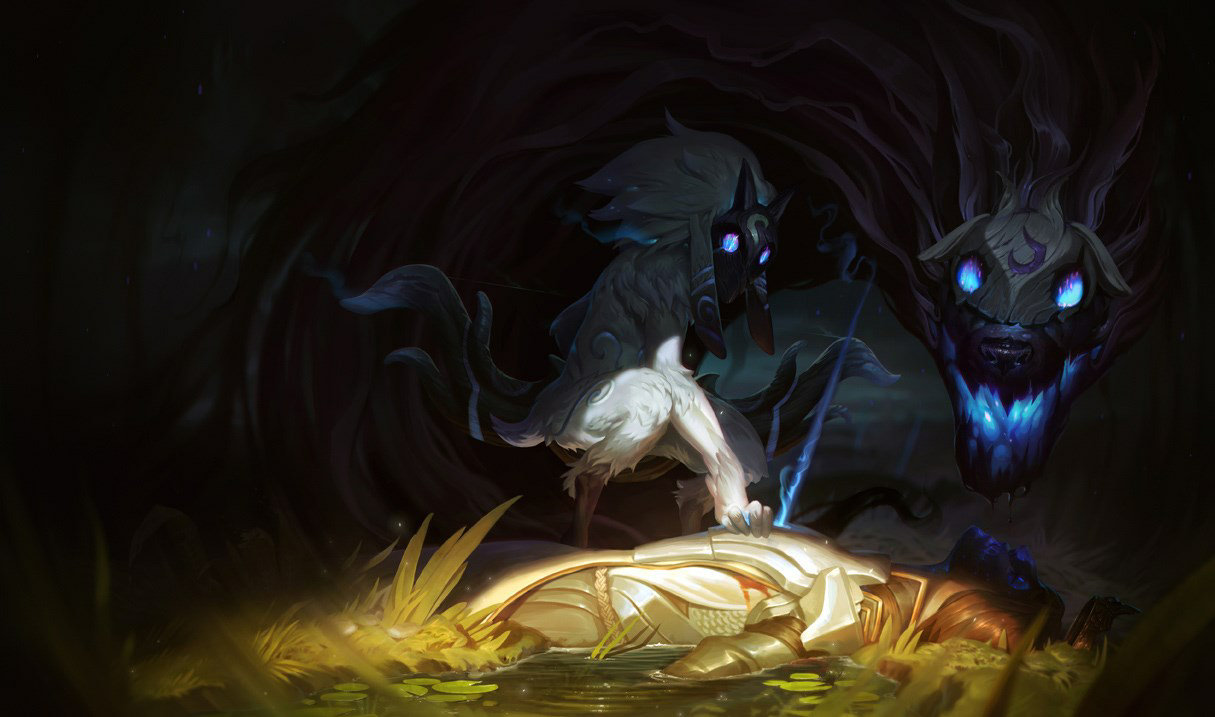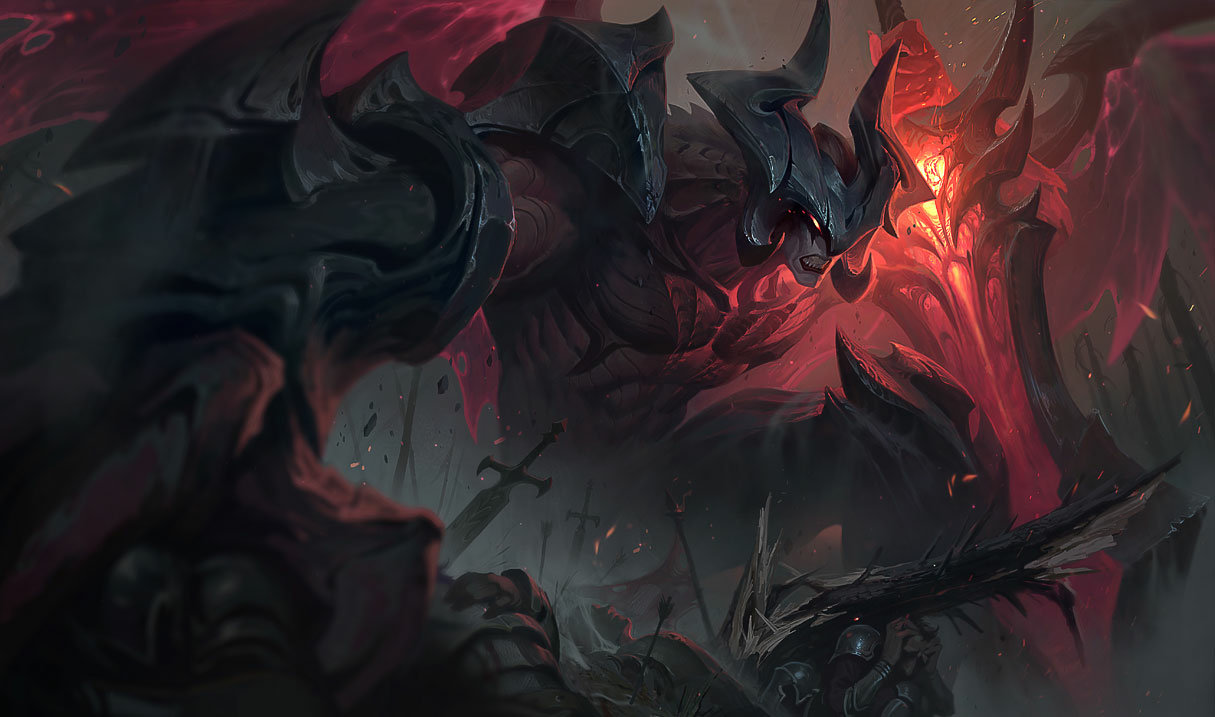 Kindred Stats and Analytics
Kindred Stats and Analytics Kindred Gameplay Guide – Mastering Kindred Jungle and Objective Control in League of Legends
Kindred, the Eternal Hunters, are unique marksman junglers in League of Legends with a dual identity: Lamb and Wolf. Kindred excels at ranged damage, kiting, and objective control through their passive, Mark of the Kindred, and ultimate, Lamb’s Respite. Mastering Kindred requires understanding their jungle pathing, mark stacking, early and mid-game ganks, late-game positioning, rune optimization, itemization, matchup awareness, and synergy with teammates. Long-tail keywords such as "Kindred jungle guide," "Kindred marks stacking strategy," and "Kindred Lamb’s Respite tips" are integrated for SEO purposes.
Understanding Kindred’s Abilities
Passive: Mark of the Kindred
Kindred’s passive allows them to place permanent marks on enemy champions, increasing damage against marked targets. Stacking marks improves Kindred’s overall damage potential. Understanding which targets to mark and prioritizing marks in early jungle or lane ganks is essential to snowball Kindred’s advantage. Mark stacking also incentivizes aggressive play while maintaining safe positioning.
Q: Dance of Arrows
Dance of Arrows allows Lamb to dash a short distance and fire arrows at nearby enemies. This ability provides mobility, poke, and reset potential. Q is essential for repositioning in jungle fights, chasing isolated targets, or escaping dangerous skirmishes. Timing and targeting with Q is crucial for maximizing both damage and survival.
W: Wolf’s Frenzy
Wolf’s Frenzy summons Wolf to attack targets hit by Lamb’s abilities, dealing additional damage over time. W is a key source of sustained damage and contributes to jungle clear speed. Proper use in combination with Q enables Kindred to poke enemies, secure objectives, and apply pressure across the map. W positioning and timing are critical in both 1v1 duels and teamfights.
E: Mounting Dread
Mounting Dread slows and marks enemies, dealing damage in three hits with the final hit dealing bonus damage based on missing health. E is essential for isolating and finishing targets, especially when combined with passive marks. In skirmishes or ganks, E provides a reliable execute tool, allowing Kindred to secure kills efficiently.
R: Lamb’s Respite
Lamb’s Respite creates a zone where allies and enemies cannot drop below a minimum health threshold, preventing deaths within its area. R is pivotal for teamfights, objective contests, and clutch saves. Timing and placement are critical; effective use can turn fights in favor of Kindred’s team or secure objectives like Baron or Dragon safely.
Early Game – Jungle Pathing and Mark Stacking
Kindred’s early game revolves around jungle efficiency and mark acquisition. Starting at Red Buff or Blue Buff depends on lane synergy and jungle matchups. Core camps include Raptors, Wolves, Krugs, and Scuttle Crabs, prioritizing safe and efficient clears. Early ganks focus on applying marks and securing isolated targets to accelerate scaling.
Gank success relies on positioning, Q mobility, and W damage. Engaging from fog of war or jungle paths enhances effectiveness. Tracking enemy jungler locations and predicting lane pressure ensures Kindred can apply marks safely and maintain jungle control. Early marks and successful ganks create a snowball effect for mid-game dominance.
Mid Game – Skirmishes and Map Control
During mid-game, Kindred’s mark stacking and mobility make them potent skirmishers. Applying marks to enemies in side lanes or during objectives like Dragon allows Kindred to build damage while pressuring the map. Q and W provide poke and mobility, while E ensures execution potential on low-health targets. Mid-game positioning emphasizes safety, target selection, and maximizing passive stacks.
Kindred should participate in coordinated skirmishes, often acting as a ranged damage dealer from a safe position. Objective control is critical; securing Dragon or Rift Herald while zoning enemies enhances team-wide advantages. Mid-game rotations require awareness of map state, enemy cooldowns, and lane pressure.
Late Game – Teamfighting and Objective Execution
In late-game teamfights, Kindred’s role is primarily damage dealing and objective control. Lamb’s Respite provides a clutch defensive tool, allowing allies to survive burst or counter-engage. Positioning remains critical: stay at max attack range while using Q for mobility and W for sustained damage. E is used to finish isolated targets or prevent escapes. Understanding enemy threats and the optimal timing for R can turn the tide of fights.
During Baron or Elder Dragon contests, placing R to protect allies while dissuading enemies from engaging allows Kindred to maximize team utility. Late-game mark priorities shift toward enemy carries, ensuring maximum damage output. Proper coordination with the team and awareness of enemy cooldowns ensures that Kindred’s damage and utility are fully realized.
Combos and Play Patterns
- Early Gank Combo: Q into lane → W to enhance auto-attacks → E for execute → auto-attacks → apply passive marks.
- Mid-Game Skirmish: Q for mobility → W for AoE damage → E to finish isolated enemies → auto-attacks → reposition with Q.
- Late-Game Teamfight: Position safely → poke with Q and W → E to finish low-health targets → R to protect allies → reposition as needed.
- Objective Play: Place W for sustained damage on enemies contesting objectives → apply marks → E for executes → use R for clutch protection → Smite to secure.
Runes and Itemization
Kindred benefits from runes that increase sustained damage, mobility, and scaling. Electrocute maximizes burst potential, while Lethal Tempo enhances sustained auto-attack damage. Secondary runes may include Triumph for survivability, Legend: Alacrity for attack speed, and Gathering Storm for scaling. Rune choices should complement passive mark stacking and mid-to-late game playstyle.
Core items include Kraken Slayer or Galeforce for damage and mobility, Blade of the Ruined King for dueling and objectives, and Guardian Angel for survivability. Situational items such as Mortal Reminder for anti-heal or Maw of Malmortius for magic protection adjust Kindred to enemy composition. Itemization should enhance both assassination potential and utility in teamfights.
Team Composition Synergies
Kindred synergizes with champions that can create space, engage, or peel for the marksman. Ranged poke or engage-heavy allies allow Kindred to apply passive stacks safely. Coordinating R with frontline tanks or other area-of-effect abilities maximizes teamfight effectiveness. Avoid compositions that lack frontline or peel, as Kindred’s survival relies on positioning and mobility.
Matchup Tips
Against aggressive jungle opponents, prioritize vision control and safe mark stacking before attempting early skirmishes. During laning and jungle duels, use Q and W to kite and maintain distance. In teamfights, target isolated enemy carries first to fully leverage passive damage. Awareness of enemy positioning, cooldowns, and threats is critical to maintain dominance throughout the game.
Closing Thoughts
Kindred is a versatile jungle marksman capable of high damage output, effective skirmishing, and clutch utility through Lamb’s Respite. Mastering passive mark stacking, jungle pathing, gank timing, mid and late-game rotations, rune and itemization optimization, matchup awareness, and teamfight positioning allows Kindred players to dominate games. This comprehensive guide covers abilities, early, mid, and late-game strategies, combos, objective control, rune and item recommendations, matchup advice, and team composition synergies, providing a complete roadmap to mastering Kindred in League of Legends.
 METABOT.gg
METABOT.gg
